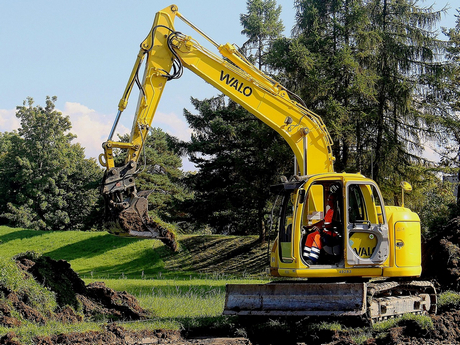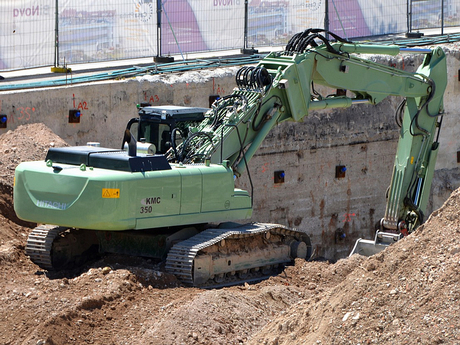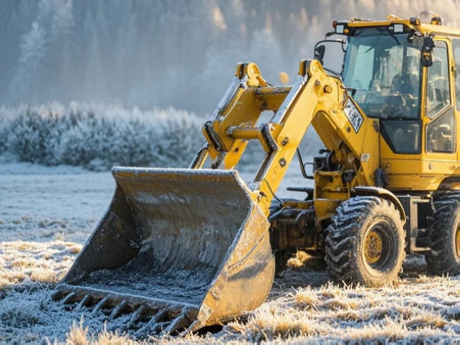|
For every excavator operator, in addition
to daily maintenance, fuel consumption is always a key factor affecting
operating costs. Especially in the fluctuating price of oil, every refueling
makes the heart grow fonder. Since fuel costs are unavoidable, it is better to
start from the operating habits to improve efficiency and reduce waste. The
following are a few practical fuel-saving tips that deserve the attention of
every mechanic. In the process of operation, it is also crucial to reasonably control the angle of the bucket into the ground and the attitude of the bucket bar. When working on the natural ground, keep the bucket floor angle at about 30° and the bucket bar close to vertical to realize greater digging force and reduce engine load. When starting to dig, avoid the bucket stick being fully extended, and start the operation from about 80% of the extended range, which is not only more efficient, but also more fuel-saving. During loading operation, try to control the slewing angle between 30° and 45°, and avoid exceeding 60°. The smaller the angle, the faster the slewing speed, the more efficient the operating rhythm, and the fuel consumption can be significantly reduced. In addition, if continuous digging operation is carried out, the chassis should be aligned with the forward direction in advance, so that it can walk quickly after the end of the operation, and reduce the additional fuel consumption brought about by repeated adjustment of the attitude. It is worth mentioning that deep excavation should be carried out in a “segmented operation”. Dividing the working surface into upper, middle and lower layers, advancing layer by layer, saves power and improves the economy more than one to the end. In trenching, it is recommended to excavate the two sides first, and then deal with the middle area, which is easier to operate and can effectively reduce the overall energy consumption. Finally, flexibility in the use of engine speed is vital. Controlling the throttle in an economic gear and enabling the automatic idling function can significantly reduce fuel consumption when idling. Keeping the engine at a low RPM while waiting or briefly stopping operations saves fuel and protects equipment.
Fuel saving is not an overnight skill, but an operating habit formed over a long period of time. In the construction site, the details determine the cost, standardized operation not only improves the construction efficiency, but also the double responsibility for the equipment and cost. Master these skills, so that every drop of oil spent more worthwhile!
|





























